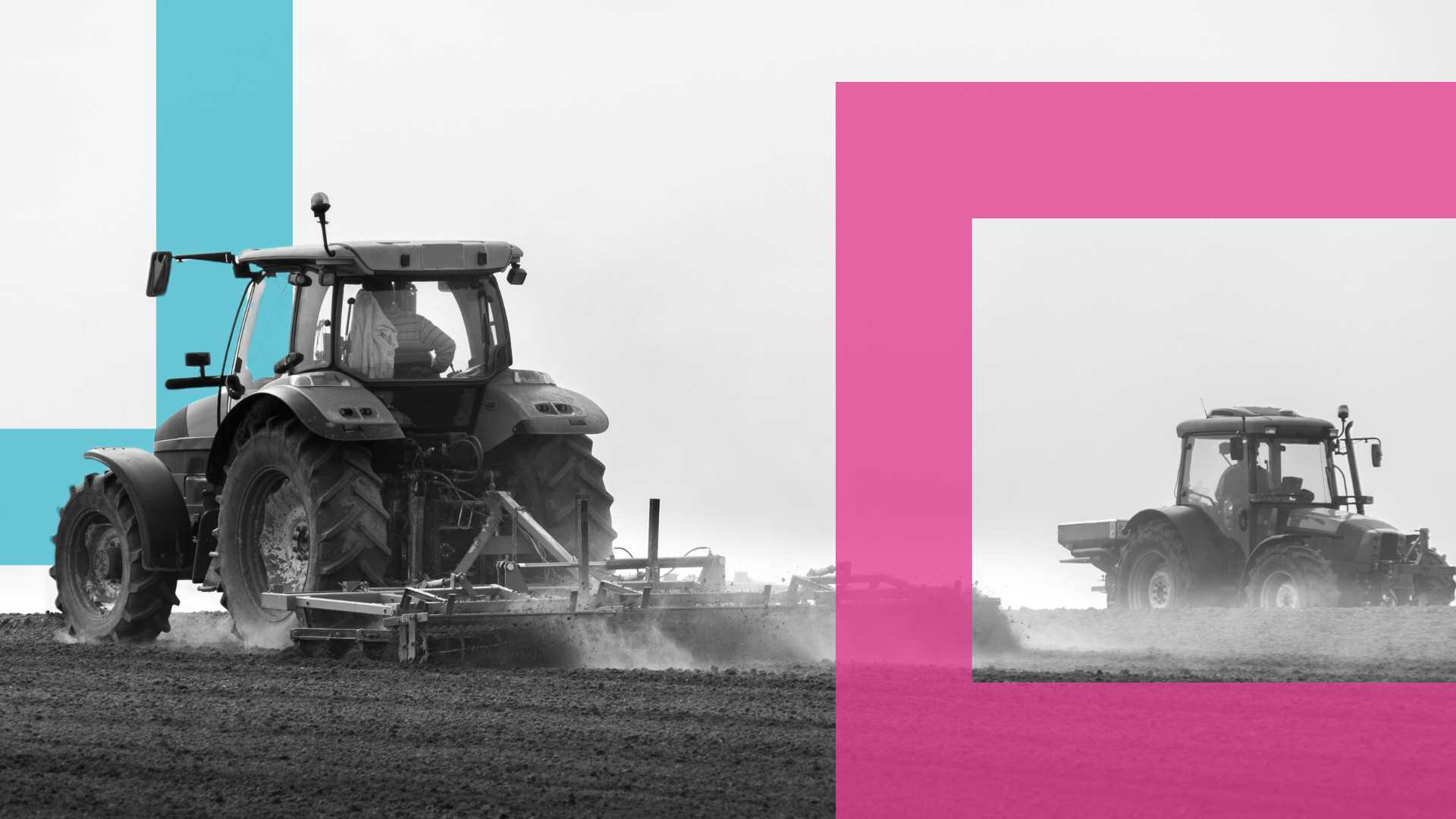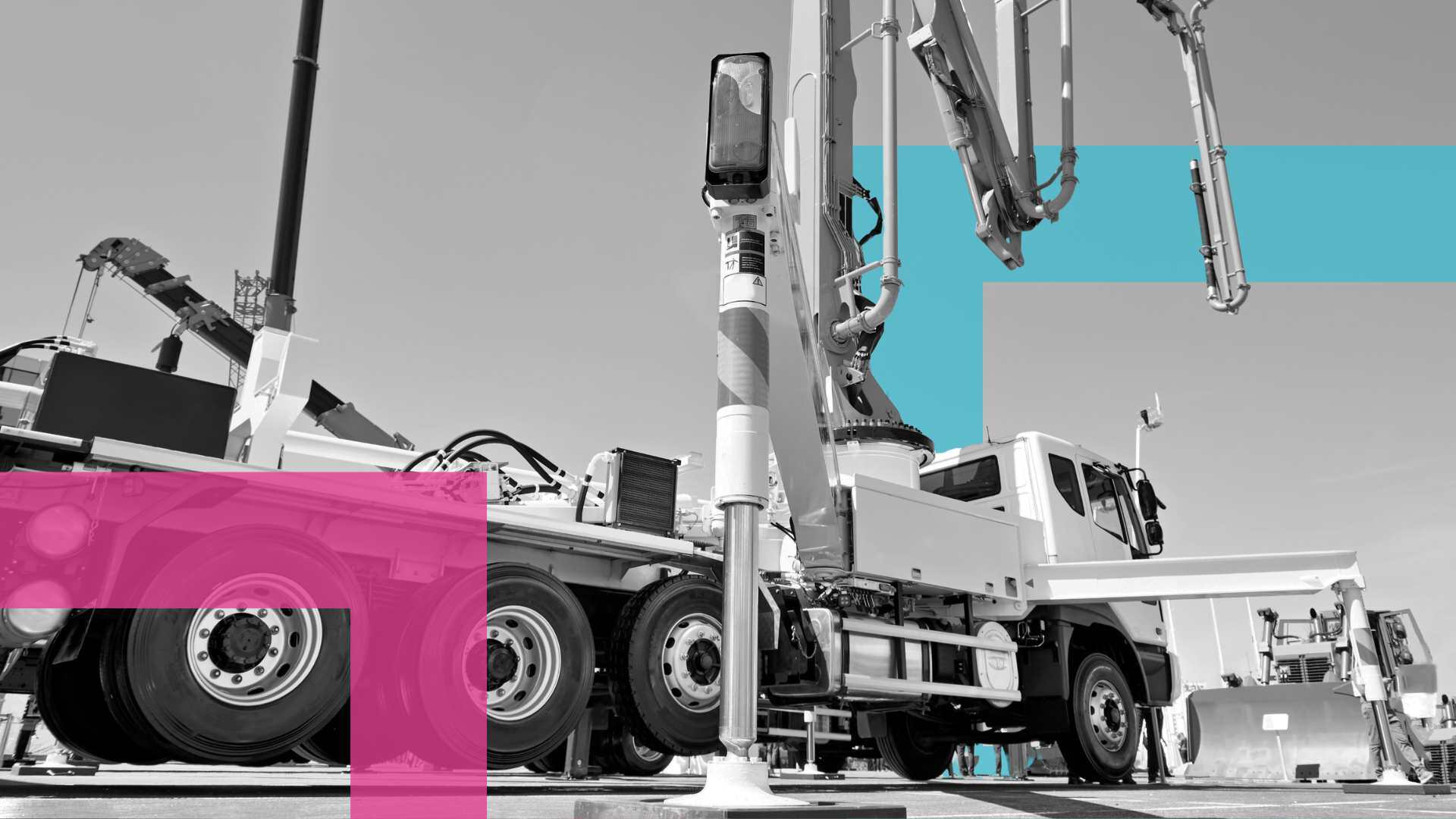Pre Start Plus rebranded to Ideagen Asset Guard
Ideagen Plant Assessor is pleased to announce the rebrand of its flagship pre-start app, Pre Start Plus, to Asset Guard. This rebrand aligns with...
|
|
Machinery Pre Starts
|
|
|
Risk Management &
|
|
|
Document Management
|
|
|
Dashboards & Reporting
|
|
|
Machinery Risk Assessments
|
|
|
Service & Maintenance
|
|
|
Safe Operating Procedures
|
|
|
MySite
|
|
|
View All Features |
Case Studies
Hear from our clients
Events
Find us at industry events
Guides
Find industry-specific guides
Learn
Educational content
News & Articles
Industry news and articles
Safety Legislation
We keep up with safety legislation
so you don't have to
Videos
Find overviews and informative
videos here
Webinars
View upcoming and on-demand webinars
Promotions
See our current promotions
FAQ
All of our frequently asked questions
Help Centre
How to use our software
View a Demo
Let us walk you through Ideagen Plant Assessor features
Release Centre
Product updates and release information
7 min read
![]() Matt Ireland
:
September 2024
Matt Ireland
:
September 2024

Tractors are indispensable machines in modern agriculture and other various industries due to their versatility and efficiency. However, their widespread use comes with a need to ensure safe operation through vigilance and a comprehensive understanding of the potential hazards.
This ultimate guide explores everything you need to know about tractors, from their components and popular brands in Australia, through to potential hazards and measures to reduce the risks. Whether you’re a seasoned farmer or a new enthusiast, this comprehensive guide will help you understand the complexities of tractors and how you can help ensure safe operation.
In this article:
Industries tractors are used in
Sizes and classifications of tractors
Popular makes of tractors in Australia
Potential hazards and safety issues relating to tractors
Helping ensure tractor compliance
A tractor is a powerful piece of equipment designed primarily for agricultural work such as harvesting, ploughing and tilling. Tractors are engineered to deliver high torque at low speeds, making them ideal for heavy-duty tasks. They can also be quite versatile when used with attachments in industries such as construction, forestry and landscaping.

Tractors are complex machines comprising of various components. The key components include:
Engine: provides torque to propel the tractor
Transmission: controls the speed and direction of the tractor
Hydraulic system: operates attachments
Power take-off (PTO): transfers power to attachments
Three-point hitch: a common attachment system
Cabin: the operator’s area, equipped with controls and safety features
Wheels and tyres: provide traction and stability
Lighting and signals: aid visibility and communication
Tractors are primarily used in agriculture but may also be utilised in other industries including:
Construction: for moving materials, grading and site preparation
Forestry: for logging, hauling and site clearing
Landscaping: for mowing, digging and earthmoving
Industrial: for material handling and logistics
There are various types of tractors available on the market, all of which are designed for specific tasks. Some of the most common types of tractors include:

Tractors are classified based on size and horsepower which determines their capabilities. The main classifications include:
Sub-compact tractors: less than 30 HP and suitable for small properties
Compact tractors: between 30 and 60 HP and suitable for tasks that require versatility
Utility tractors: between 60 and 140 HP and commonly used on medium to large farms
Row crop tractors: between 140 and 300 HP and specialised for row crop farming
High-horsepower tractors: over 300 HP and used for large-scale farming and industrial applications
Tractors can be equipped with various attachments to enable them to be used for various applications. Some of the common attachments include:
Australia has a robust market for tractors due to its large agricultural industries. There are several popular makes of tractors in Australia including:
John Deere: renowned for durability and advanced technology
Case IH: known for its powerful engines and innovative designs
New Holland: has a wide range of tractors which can be used for various tasks
Massey Ferguson: a trusted brand in agriculture due to its long history
Kubota: popular for compact and sub-compact tractors
CLAAS: specialises in high performance tractors for large-scale farming

While tractors are an essential piece of equipment, particularly in agricultural settings, they can pose a risk to operators and bystanders. Understanding these hazards is crucial for ensuring the safe use of tractors in their various applications.
Rollovers can occur when the tractor becomes unstable on uneven ground, steep inclines or carrying an unbalanced load. The risk increases when operating on wet or loose soil. Rollovers can also happen if operators make sharp turns at high speeds. The lack of a roll-over protective structure (ROPS) and seatbelts can result in severe injuries or fatalities, as operators can be thrown from the tractor.
Tractors have numerous moving parts, such as PTO shafts, which can cause severe injuries if an operator or bystander becomes entangled. Loose clothing, jewellery or long hair can easily get caught in these components, causing lacerations, amputations or even death. Operators should always shut down the tractor and disengage the PTO before leaving the operator’s cabin or performing maintenance.
Runover incidents can happen if the operator falls from the tractor or if someone walks or stands too close to the moving machine. These incidents often occur during entry or exit to the operator’s cabin or if the operator slips and loses balance. They can also happen if a tractor is accidentally left in gear or starts unexpectedly.
Mechanical failures, such as brake or steering malfunction, can lead to loss of control of the tractor. Regular maintenance is essential to keep these systems in good working order. Failure of hydraulic systems, electrical systems or attachments can also pose significant risks, especially when lifting heavy loads.
Tractor operators often work long hours, especially during peak farming seasons. Fatigue can lead to slower reaction times, poor judgement and decreased awareness which can significantly increase the risk of incidents occurring.
Poor visibility, especially in bad weather or low light conditions, can lead to collisions with other vehicles, objects or people. Tractors often lack the extensive lighting systems making them less visible to others.
Operators may be exposed to hazardous chemicals such as pesticides and fertilisers, especially when using sprayer attachments. Proper personal protective equipment (PPE) and safety procedures are essential to prevent inhalation, skin contact or ingestion of these substances.
Safety incidents involving tractors are tragically common, particularly in the agriculture sector, and can result in severe injuries and fatalities. We’ve listed some of the most common incidents involving tractors below.
Like many machines, tractors can be prone to rollovers when they are operated on unstable surfaces. While ROPS may prevent crushing injuries from occurring if a tractor were to roll, it’s vital to ensure tractors are only operated on surfaces where adequate traction can be achieved. This includes areas that aren’t too steep or covered in debris.
Entanglements in tractor components are avoidable incidents that sadly happen all too often. This incident we reported on saw a man killed when he was entangled in a plastic mulch retriever, while our brand ambassador and paralympic gold medallist, Scott Reardon lost his leg after becoming entangled in a PTO. These incidents highlight just how quickly entanglement can occur and why the utmost vigilance is required while operating machines such as tractors.
Runovers can occur due to a lack of visibility from a tractor or uncontrolled movement. In this incident we reported on, the tractor was left idling when it suddenly reversed and struck the worker, leaving them with fatal injuries. Maintaining control of the tractor at all times and ensuring clear visibility can help to reduce the likelihood of such incidents.
Like any machine, tractors can be susceptible to mechanical failure. The failure of components such as brakes can cause uncontrolled movement in tractors and potentially result in a person or object being struck, leading to serious injuries to the operator or bystanders. Regular inspection and maintenance of critical systems like brakes may prevent a mechanical failure incident from occurring.

Conducting regular risk assessments on a tractor is crucial for identifying and mitigating potential hazards. A comprehensive tractor risk assessment should include the following components.
Start by examining the tractor’s work environment, the type of work being performed and the equipment used. Consider all possible hazards, including physical, chemical and ergonomic risks. For tractors, this includes assessing terrain conditions, weather, the presence of bystanders and the specific tasks being performed such as towing or lifting.
Assess the likelihood of each hazard occurring and the potential severity of the consequences. For example, the likelihood of a rollover increases on steep slopes, while the consequence can range from minor injuries to fatalities depending on factors like the presence of ROPS and seatbelt usage. To evaluate a risk accurately, it’s best to use a risk matrix. For more information, see our article How to reach a risk matrix used in risk analysis.
The next step in the process is implementing control measures to minimise or eliminate the risks. Controls should be selected using the hierarchy of control and can include engineering solutions including installing ROPS, administrative controls such as training and procedures and wearing PPE. For more information on the hierarchy of control, read our article, Hierarchy of control explained.
Risk assessments should be regularly reviewed and updated to reflect changes in equipment, work processes or regulations, while the controls implemented to reduce the risks of hazards need to be continually monitored for ongoing effectiveness. Continuous monitoring and reassessment of the tractor can help to ensure that new hazards are promptly identified and addressed.
Ensuring a tractor is compliant with safety legislation, regulations, standards and codes of practice is essential for meeting legal obligations and maintaining safety. There are a few easy measures that can be taken to help ensure your tractor remains compliant.
Performing regular inspections of all tractor components is essential for identifying potential issues before they lead to incidents. Inspections should cover all components of the tractor, including but not limited to the engine, transmission, hydraulic systems, PTO, brakes, lighting and tyres. Any defects or wear should be addressed immediately.
Operators should receive comprehensive training in safe tractor operation, including understanding the equipment's capabilities and limitations, proper use of attachments and emergency procedures. Consider implementing certification programs to help ensure that operators meet a minimum competency level.
Equipping tractors with ROPS and ensuring operators use seatbelts can prevent fatalities or serious injuries in the event of a rollover. ROPS should meet industry standards and seatbelts should be regularly checked for wear and proper functioning.
Following the original equipment manufacturer's (OEM’s) maintenance schedule is crucial for keeping tractors in good working condition. Regular servicing helps prevent mechanical failures and prolongs the life of the equipment, while maintenance records should be kept as part of compliance documentation.
Tractor operators and owners must stay informed about local and national safety regulations. These regulations may cover aspects such as noise levels, lighting requirements and the use of specific attachments. Compliance with regulations not only ensures safety but also avoids legal and financial liabilities.
Developing and implementing safety protocols and procedures helps standardise safe practices among your tractor operators. This includes guidelines for entering and exiting the tractor’s cabin, operating on slopes, handling attachments and emergency response. Regular training refreshers can also help reinforce these protocols.
Tractor operators should wear appropriate PPE such as gloves, boots, helmets and protective eyewear when needed. Additional gear may be required for specific tasks such as respirators when handling chemicals.
Operators and workers should be trained in emergency procedures, including how to respond to fires, chemical spills and other incidents involving tractors. Emergency kits and first aid supplies should be readily available.
The team of experts at Ideagen Plant Assessor can help you with tractor safety and compliance! Simply contact us on 1300 728 852 or info@assessor.com.au for more information.
Disclaimer: This information is intended to provide general information on the subject matter. This is not intended as legal or expert advice for your specific situation. You should seek professional advice before acting or relying on the content of this information.
About the Author
Matt Ireland is the Technical Compliance Manager at Ideagen Plant Assessor. His expertise and knowledge of machinery compliance stems from a broad range of experience in the construction industry. He has also personally inspected and completed over 15,000 machinery risk assessments as a Field Officer in our Professional Services Team. Matt’s integral role involves taking technical documents such as Australian standards and legislation, interpreting them and translating them into the IP that makes the Ideagen Plant Assessor software unique. Read More.

Ideagen Plant Assessor is pleased to announce the rebrand of its flagship pre-start app, Pre Start Plus, to Asset Guard. This rebrand aligns with...
.png)
Many businesses operating machinery still rely on traditional paper pre start books for daily machinery checks. While these booklets serve their...

A concrete company based in Melbourne has been convicted and fined $30,000 after an incident involving a concrete pump resulted in a worker’s hand...